In the realm of metallurgy, ferromanganese alloy stands as a remarkable creation, playing a key role in various industrial applications. Comprising iron and manganese, this alloy possesses unique properties that make it indispensable in the production of steel and other alloys. This article is your comprehensive guide to all you need to know about ferromanganese, from its defining characteristics to its chemical composition, applications, and overarching importance in diverse industries.
ferromanganese meaning
Ferro manganese refers to an alloy composed primarily of iron (Fe) and manganese (Mn), with trace amounts of other elements. This alloy is commonly used in the production of steel and other alloys. The term “ferro” in ferromanganese denotes the presence of iron, and the alloy’s composition typically includes a higher percentage of manganese than iron. The addition of ferromanganese to steel imparts specific properties such as increased hardness, durability, and corrosion resistance. This alloy is a crucial component in various industrial processes, playing a key role in the metallurgical and manufacturing sectors.
ferromanganese chemical formula
The chemical composition of ferro manganese can vary, but it is generally represented by the formula FeMn. This indicates that the alloy is composed of iron and manganese in varying proportions. The specific ratios and impurities depend on the manufacturing process and the intended use of the ferromanganese alloy.
read more: ferromanganese chemical formula
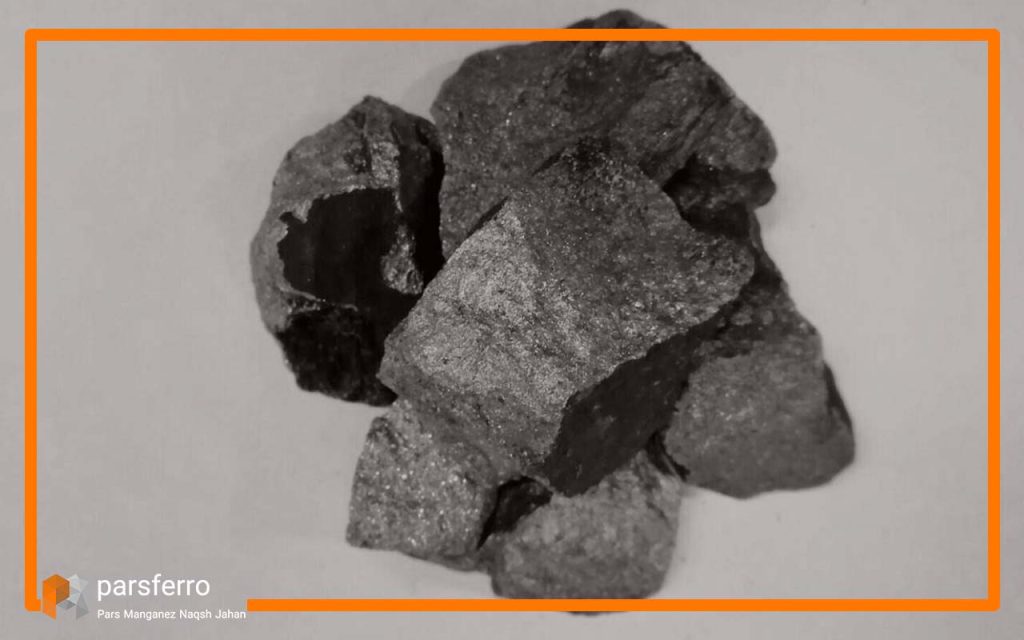
ferromanganese composition
The composition of ferro manganese can vary depending on the specific type and intended application. However, in general, ferromanganese is an alloy composed primarily of iron (Fe) and manganese (Mn). The manganese content typically ranges from about 65% to 80%, while the iron content can vary within the remaining percentage. Other elements, such as carbon, silicon, and phosphorus, may also be present in smaller amounts, depending on the manufacturing process and desired properties of the alloy. Here is a more detailed breakdown of the composition of ferromanganese:
read more: ferromanganese composition
elements in ferro manganese composition
• Manganese (Mn): The primary component of ferromanganese. The manganese content can vary but is typically in the range of 65% to 80%.
• Iron (Fe): Usually makes up the remaining percentage after manganese. The iron content can range from approximately 20% to 35%.
• Carbon (C): Small amounts of carbon may be present to provide strength and hardness to the alloy. The carbon content is typically low, often below 2%.
• Silicon (Si): Silicon is another common element in ferromanganese, contributing to its strength and deoxidizing properties. Silicon content can vary but is generally below 2%.
• Phosphorus (P): Phosphorus may be present in trace amounts, depending on the source of the raw materials used in the manufacturing process.
Table1. standard composition of ferromanganese based on ASTM1999. (ref: ferromanganese/scienceDirect)
|
– |
wt%Mn |
%C |
%Si |
%P |
%S |
%N |
|
Standard ferromanganese | ||||||
|
grade A |
78–82 |
7.5 max |
1.2 max |
0.35 max |
0.05 max |
— |
|
grade B |
76–78 |
7.5 max |
1.2 max |
0.35 max |
0.05 max |
— |
|
grade C |
74–76 |
7.5 max |
1.2 max |
0.35 max |
0.05 max |
— |
|
Medium-carbon ferromanganese | ||||||
|
grade A |
80–85 |
1.5 max |
1.5 max |
0.30 max |
0.02 max |
— |
|
grade B |
80–85 |
1.5 max |
1.0 max |
0.30 max |
0.02 max |
— |
|
grade C |
80–85 |
1.5 max |
0.7 max |
0.30 max |
0.02 max |
— |
|
grade D |
80–85 |
1.5 max |
0.35 max |
0.30 max |
0.02 max |
— |
|
Low-carbon ferromanganese | ||||||
|
grade A |
85–90 |
as spec’d |
2.0 max |
0.20 max |
0.02 max |
— |
|
grade B |
80–85 |
0.75 max |
5.0–7.0 |
0.30 max |
0.02 max |
— |
|
Nitride Ferromanganese | ||||||
|
Medium carbon |
75–80 |
1.5 max |
1.5 max |
0.3 max |
0.02 max |
4% min |
|
Silicomanganese | ||||||
|
grade A |
65–68 |
1.5 max |
18.5–21.0 |
0.20 max |
0.04 max |
— |
|
grade B |
65–68 |
2.0 max |
16.0–18.5 |
0.20 max |
0.04 max |
— |
|
grade C |
65–68 |
3.0 max |
12.5–16.0 |
0.20 max |
0.04 max |
— |
|
Ferromanganese–silicon | ||||||
|
63–66 |
0.08 max |
28–32 |
0.05 max |
— |
— |
cobalt-rich ferromanganese crusts or ferromanganese nodules
Cobalt-rich ferromanganese crusts, also known as ferro manganese nodules or simply manganese nodules, are mineral deposits found on the ocean floor. These crusts typically form on hard surfaces such as rocks or the skeletons of dead sea creatures. They consist of a mixture of iron (Fe) and manganese (Mn) oxides, along with varying amounts of other metals such as cobalt (Co), nickel (Ni), copper (Cu), and rare earth elements. Key characteristics of cobalt-rich ferromanganese crusts:
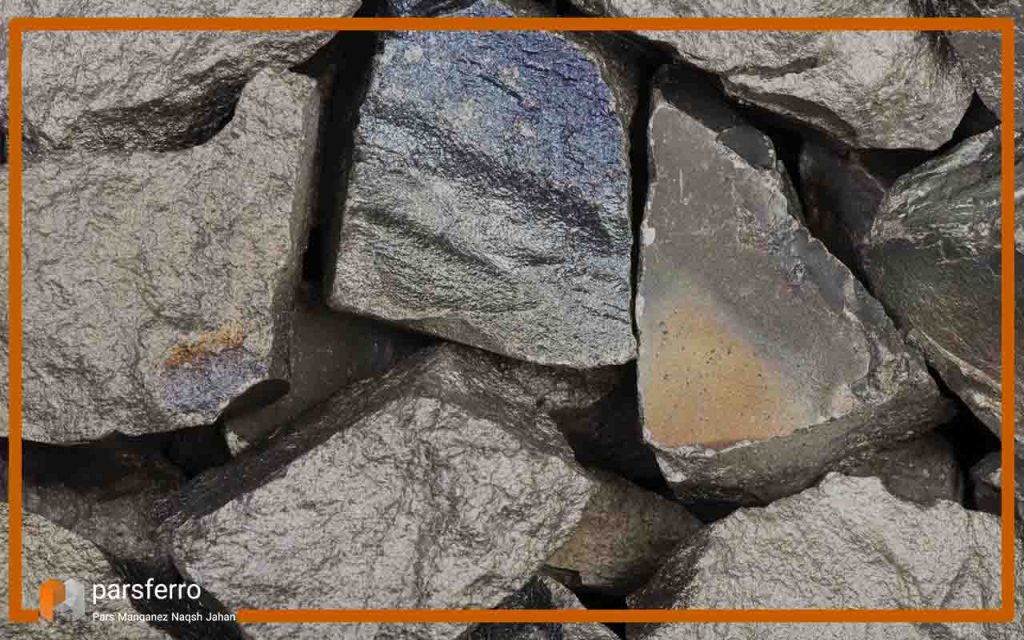
• Composition: The crusts are primarily composed of iron and manganese, and they get their name from the high concentrations of these elements. Cobalt is often present in significant quantities, making these crusts economically interesting for its extraction.
• Growth: Ferromanganese crusts grow very slowly, typically at rates of a few millimeters to a few centimeters per million years. The growth is thought to be a result of precipitation from seawater.
• Distribution: They are found on the abyssal plains of the world’s oceans, generally at depths greater than 4,000 meters. Some areas with high concentrations of these crusts include the Clarion-Clipperton Zone in the Pacific Ocean and areas in the Atlantic and Indian Oceans.
• Economic Interest: The high concentrations of valuable metals, especially cobalt, make these crusts a potential target for future deep-sea mining operations. Cobalt is a crucial component in the production of rechargeable batteries for electric vehicles and electronic devices, which has increased interest in exploring and exploiting these deep-sea resources.
• Environmental Concerns: The potential mining of cobalt-rich ferromanganese crusts raises environmental concerns due to the fragile nature of deep-sea ecosystems and the potential for habitat destruction. There is ongoing debate and research regarding the environmental impact of deep-sea mining activities.
high carbon ferromanganese
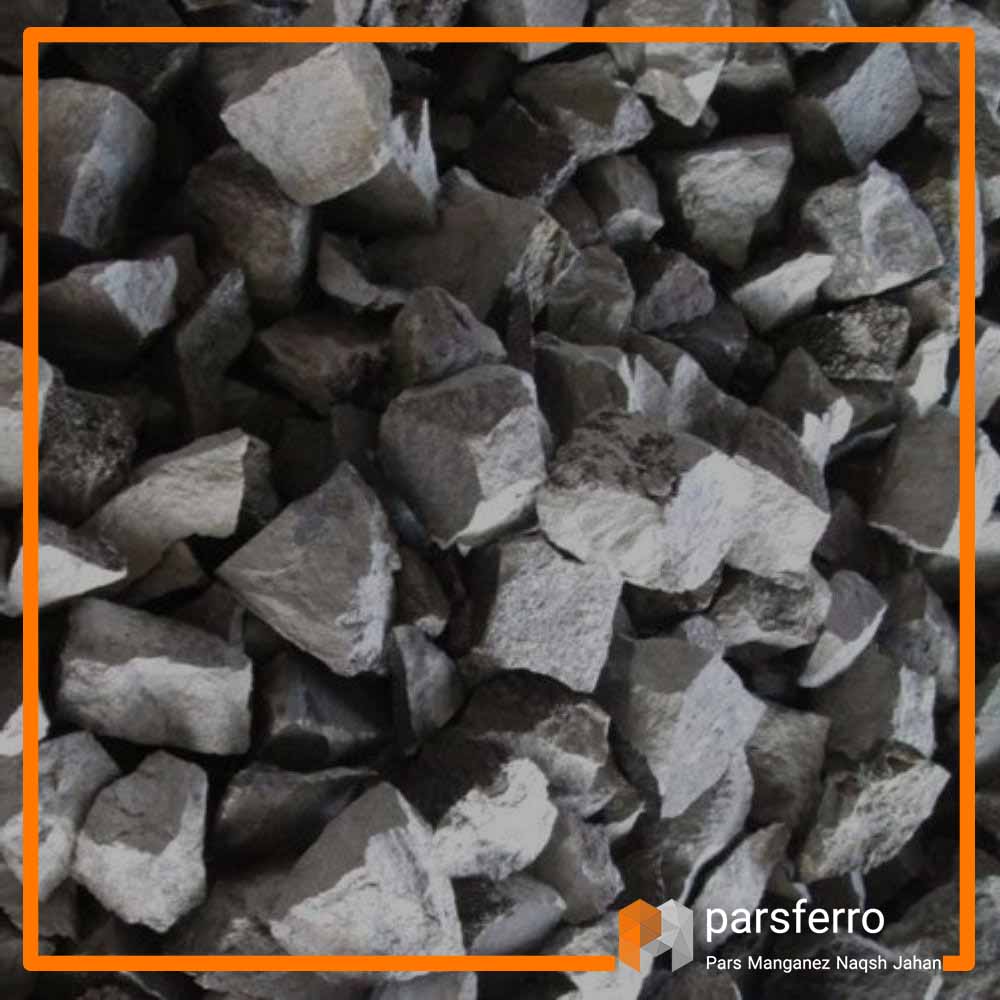
High carbon ferromanganese (HCFeMn) is an alloy composed primarily of manganese (around 70-80%), carbon (6-8%), and silicon (1-2%). It is a type of ferroalloy, which is an alloy of iron and one or more other elements, used in the production of steel and other alloys. The primary use of high carbon ferromanganese is in the production of steel. It serves as a deoxidizing agent and provides manganese and carbon to the steel. The alloy helps improve the hardness and wear resistance of steel.
Controlling the composition and quality of high carbon ferromanganese is crucial to ensuring the desired properties in the final steel product. It’s important to note that the specific composition of high carbon ferromanganese can vary based on the producer and the intended application. The alloy is a critical component in the steel industry, contributing to the production of a wide range of steel products with varying properties.
low carbon ferromanganese
Low carbon ferromanganese (LCFeMn) is another type of ferro manganese alloy, but it differs from high carbon ferromanganese (HCFeMn) in terms of its carbon content. LCFeMn contains lower levels of carbon, typically in the range of 0.1% to 1.5%. LCFeMn is also used in the steel industry, particularly in the production of carbon and low-alloy steels.
It is employed as a deoxidizing and alloying agent, contributing manganese and a controlled amount of carbon to the steel. The reduced carbon content in LCFeMn makes it suitable for applications where strict control over carbon levels in the steel is necessary.
what is ferromanganese used for
Ferromanganese is an alloy composed of iron and manganese. It is primarily used as a deoxidizing and desulfurizing agent in the production of steel. Here are some key uses of ferromanganese:
1. Steel industry: The primary use of ferro manganese is in the steel industry. It is added to steel during the production process to enhance its properties. Manganese improves the strength, toughness, and hardenability of steel, while also acting as a deoxidizing agent, helping to remove impurities like oxygen from the molten metal. This results in higher-quality steel with improved mechanical properties.
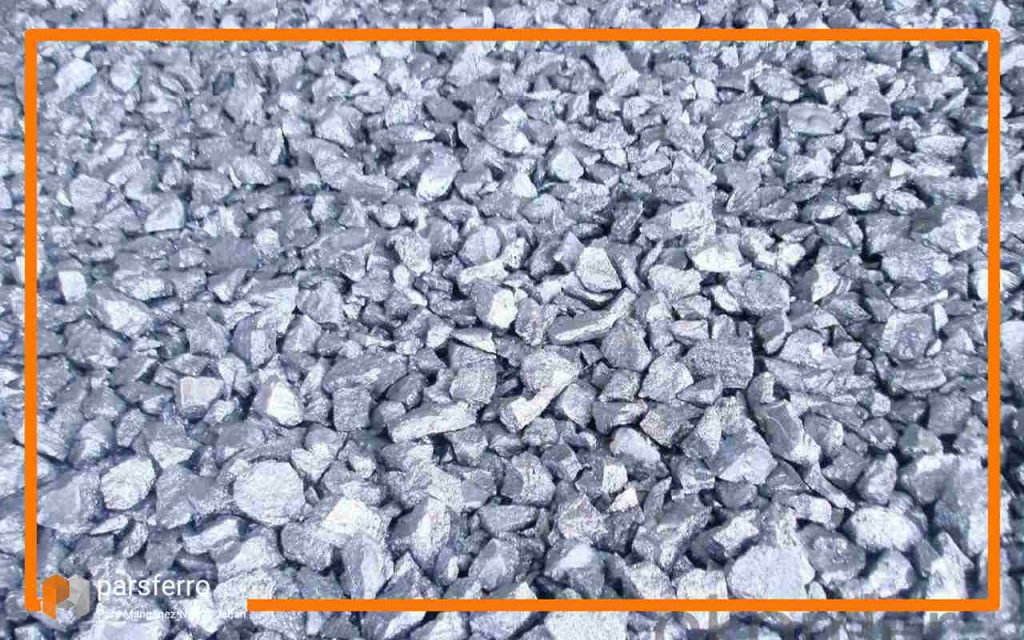
2. Ferroalloy Production: Ferro manganese is also used in the production of other ferroalloys. It can be mixed with other elements like silicon to create alloys with specific properties required for various industrial applications.
3. Chemical Industry: Manganese compounds derived from ferromanganese find applications in the chemical industry. Manganese is used in the production of various chemicals, including fertilizers, pigments, and batteries.
4. Welding Flux: Ferromanganese is sometimes used as a component in welding flux formulations. The flux helps to remove impurities during the welding process and improves the quality of the weld.
As before we said It’s important to note that the specific composition of ferromanganese can vary, and different grades may be used for different applications depending on the required properties of the final product.
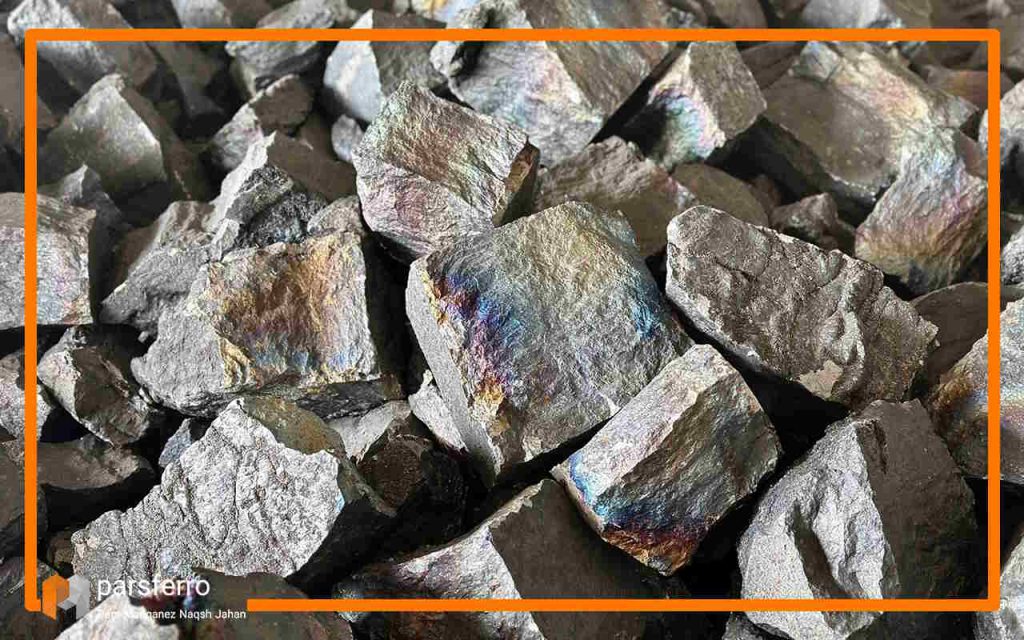
Historical Significance of ferromanganese
The historical significance of ferro manganese lies primarily in its role in the steel industry and its impact on the development of metallurgy and infrastructure. The production of ferromanganese involves the smelting of a mixture of manganese ore, iron ore, and carbon sources to create an alloy with specific desired properties. The process typically takes place in a submerged electric arc furnace or a blast furnace. Here are the main steps involved in the production of ferromanganese:
1. Mining and Selection of Raw Materials: (Manganese Ore – Iron Ore- Carbon Sources)
2. Ore Preparation
3. Mixing and Proportioning
4. Smelting Process (Electric Arc Furnace or Blast Furnace)
5. Refining
6. Casting and Solidification
7. Cooling and Crushing
8. Quality Control
It’s important to note that variations in the production process may exist based on factors such as the type of furnace used, the composition of raw materials, and the specific requirements of the end product. The production of ferromanganese is a complex and carefully controlled process to ensure the production of high-quality alloys for various industrial applications.
Environmental Impact of ferromanganese
The production of ferromanganese, like many industrial processes, can have environmental impacts. These impacts arise from various steps of the production process, including mining, ore processing, smelting, and waste disposal.

Geological Sources of ferromanganese
Ferromanganese is often found in geological formations as part of various mineral deposits. The primary geological sources of ferromanganese include:
1. Manganese Nodules
2. Manganese Crusts
3. Sedimentary Deposits
4. Igneous and Metamorphic Rocks
5. Manganese Ore Bodies
ferromanganese price
Pars Materials Company is one of the manufacturers of various raw materials for steel production, including various alloys such as ferro manganese. In this field, the company utilizes R&D team experts, experienced professionals, and modern equipment. It can meet your needs at any point around the world. For price inquiries, orders or consultations, feel free to contact us via email: info@parsferro.com
Conclusion
Ferromanganese, a pivotal alloy in metallurgy, is composed of iron and manganese, with distinctive properties crucial in various industries. Its chemical formula, FeMn, showcases its flexible composition, including elements like carbon, silicon, and phosphorus.
This alloy finds extensive use in steel production, enhancing properties like hardness, toughness, and corrosion resistance. Its magnetic properties, deoxidizing, and desulfurizing capabilities contribute to steel quality. The production process involves mining, smelting, and refining, with variations based on raw materials and furnace types.

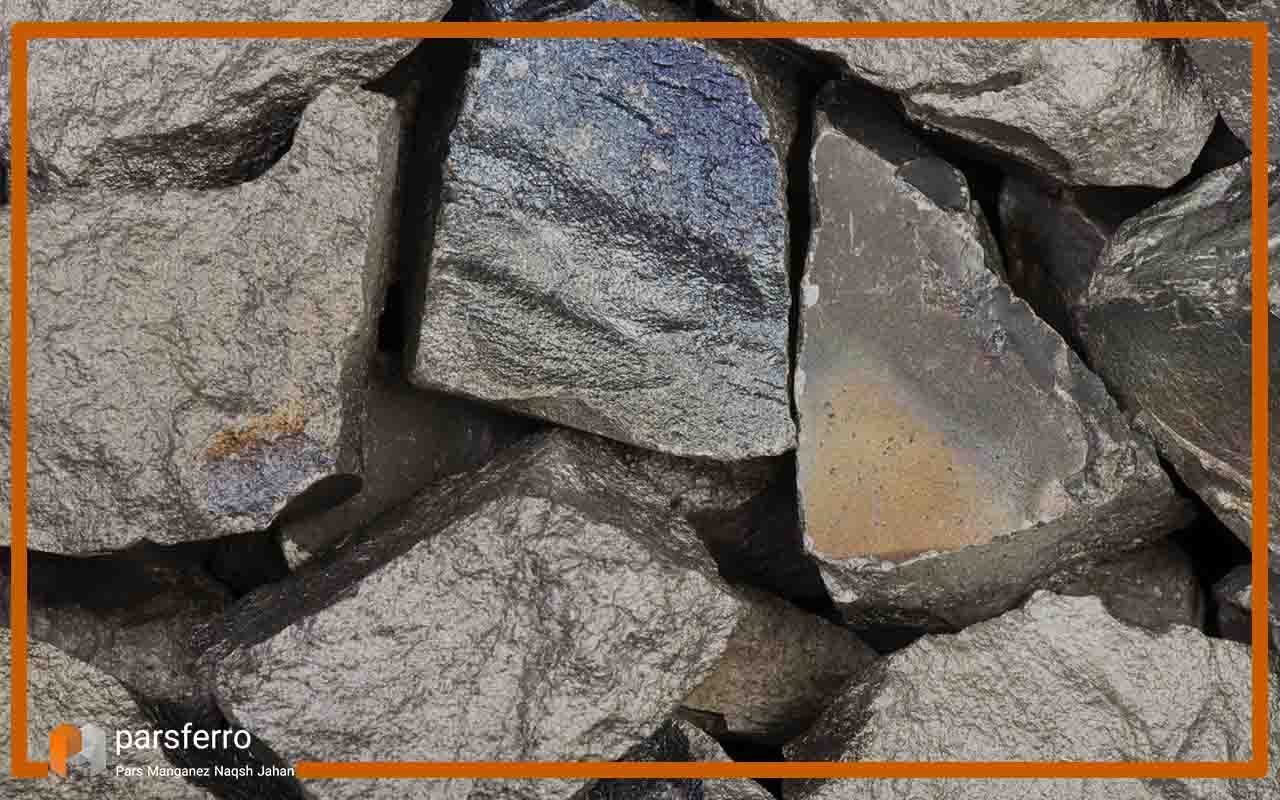
No comment